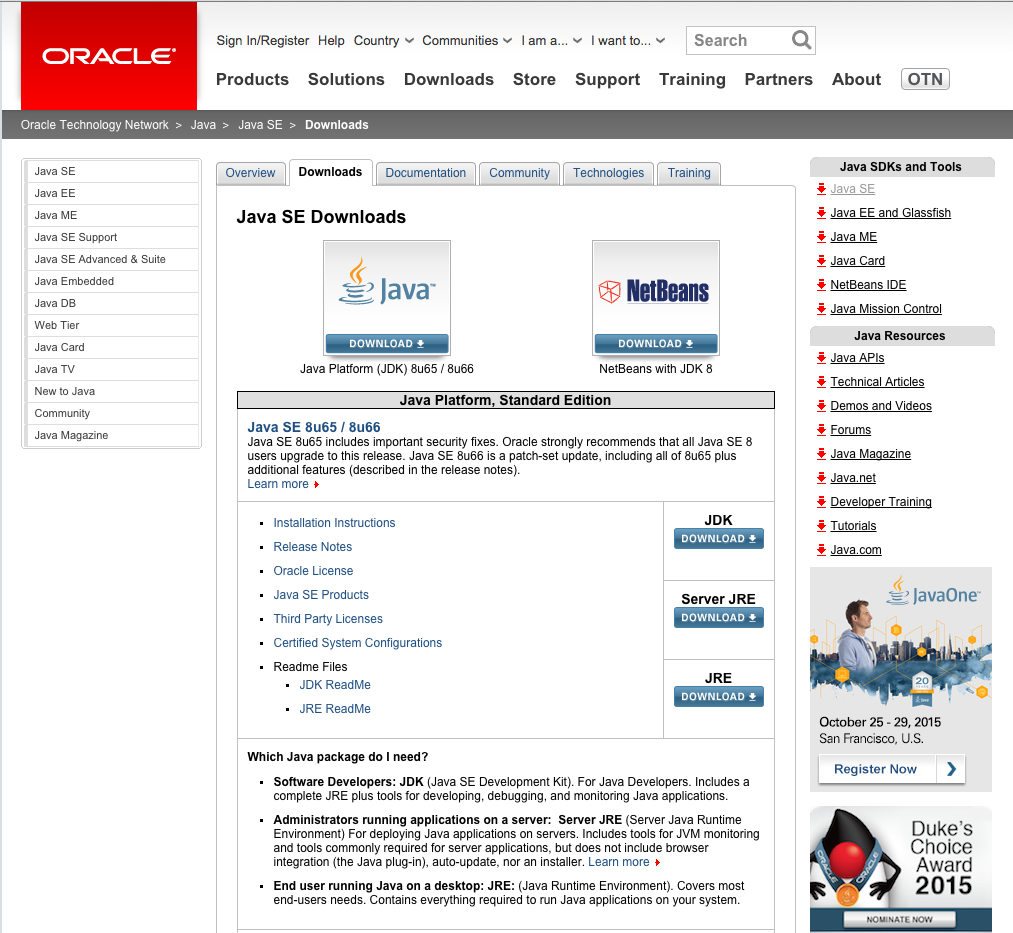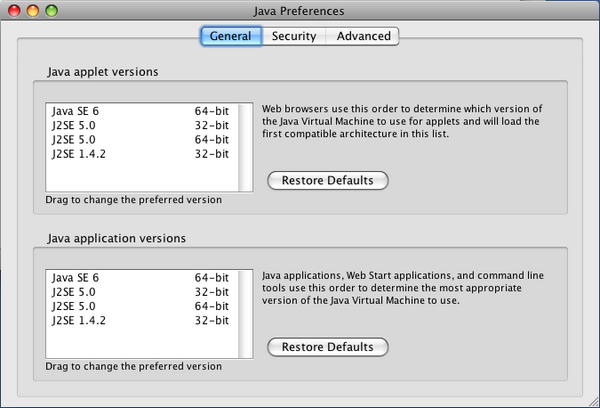Macos Run App Using Jvm Version
Jmol Application 'Jmol Application' is the version of Jmol that runs as a standalone program, in its own window. The program code is written using the Java programming language, therefore to be run it needs an installed Java Virtual Machine (a runtime version of Java, or JRE); this JVM is available for all major operating systems, including Windows, MacOS and Linux.
- Macos Run App Using Jvm Version 64-bit
- How To Update Jvm Version
- Macos Run App Using Jvm Version Download
- Macos Run App Using Jvm Version Windows 10
Macos Run App Using Jvm Version 64-bit

How To Update Jvm Version
Perhaps this article should be updated with all latest information.
It seems that all jar files on all classloaders are also part of RSS memory on Linux.
That adds some MBs to the memory consumption of the Java process too when running an application that has a lot of jar dependencies.
jar files are mmapped and the memory can be shared with other processes, but it still adds up to the RSS memory of the Java process.
I’m making this conclusion based on some pmap outputs from some java processes.
Here are examples of other parameters on JDK8 to control out-of-heap memory limits:
-XX:InitialCodeCacheSize=64M -XX:CodeCacheExpansionSize=1M -XX:CodeCacheMinimumFreeSpace=1M -XX:ReservedCodeCacheSize=200M
-XX:MinMetaspaceExpansion=1M -XX:MaxMetaspaceExpansion=8M -XX:MaxMetaspaceSize=200M
-XX:MaxDirectMemorySize=96M
-XX:CompressedClassSpaceSize=256M
-Xss1024K
This is an example from an app with -Xmx1445M -Xms1445M . The total consumption goes to about 2048M with these values in one case.
It should be noted that Metaspace allocation in Java 8 doesn’t work like it did in previous JVMs.
I believe that you shouldn’t set the initial value for Metaspace since the JVM is not doing any preallocation based on that value (http://docs.oracle.com/javase/8/docs/technotes/guides/vm/gctuning/considerations.html#sthref66).
Macos Run App Using Jvm Version Download

Macos Run App Using Jvm Version Windows 10
I haven’t come up with a proper equation to explain all of the RSS memory consuption of a Java process.
It would be nice if you could do more research on that subject.
The reason why I’ve had to dig in this is that on CloudFoundry there is an OOM killer (because it’s running the process in a Linux cgroups container which limits memory with OOM killer) when you step over the bounds.
Therefore it would be nice to be able to properly calculate and limit the memory consumption of a Java process without leaving too much safe boundaries (since that amount of memory would be “wasted” and you are paying for it).